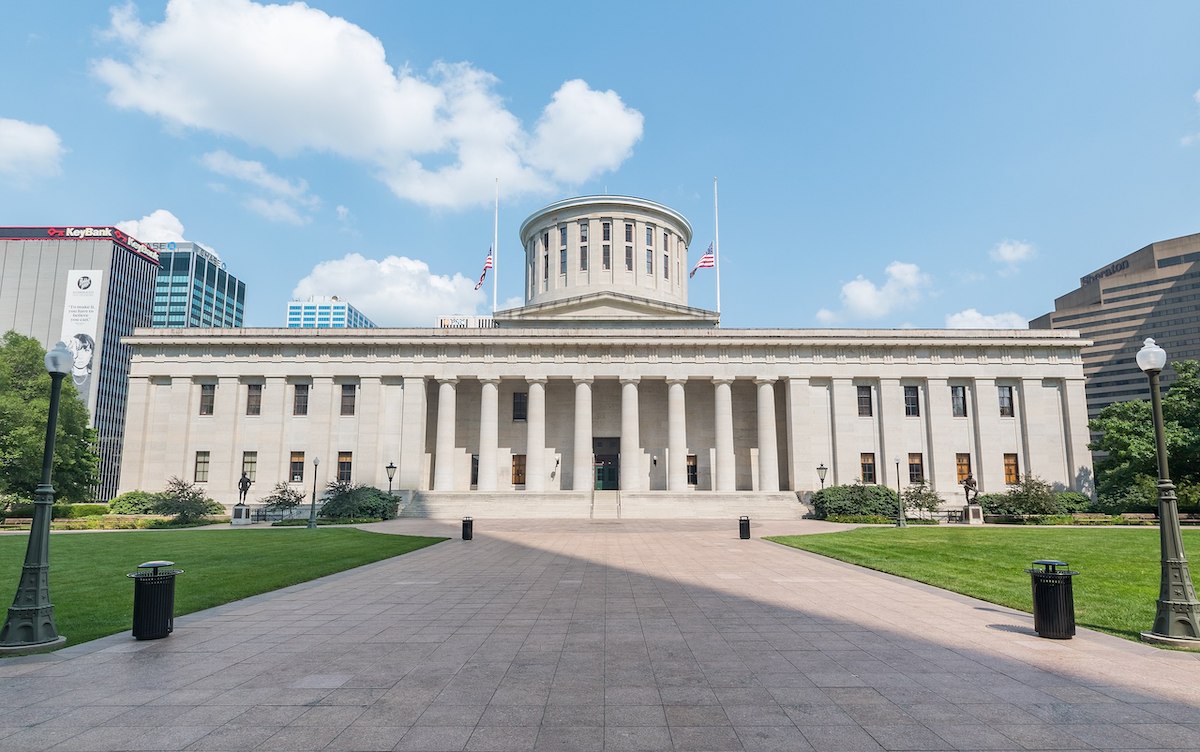Less than a month ago, Ohio voters approved marijuana use, possession and sales for adults. It was a 57-43 percent vote, a considerable landslide. The margin was not a surprise. Legalization is popular across numerous demographics and, apparently, across the state.
Issue 2 passed as an initiated statute, not a constitutional amendment. The difference is the initiated statute process, by design, invites some level of input from state legislators. In fact—because it was state law, not the Ohio Constitution, that was changed—legislators have the power to tinker with, improve, or entirely scrap all of Issue 2 anytime they want.
No one expects legal sales to start when Issue 2 is officially enacted on December 7, 30 days after its passage. Understandably, there is a regulatory framework that takes a little time to put together. This would be true even if Statehouse politicians were 100 percent on board with every word of Issue 2.
HB 86 was a non-controversial bill tweaking state liquor laws. On December 5, it became the vehicle for the Senate GOP’s planned demolition of Issue 2.
However, “on board” is the opposite of what Senate Republicans have in mind.
Before now, House Bill 86 was a non-controversial bill tweaking state liquor laws. It passed the House 85-6. On December 5, with very little notice, it became the vehicle for the Senate GOP’s planned demolition of Issue 2.
Among the changes they now plan on approving are a bunch sure to keep Ohioans flocking to Michigan and navigating Ohio’s illicit market.
Issue 2 approved home growing. HB 86 eliminates it all—zero plants. Issue 2 established limits of 35 percent THC for plant products and 90 percent for extracts. Under HB 86, those numbers are chopped to 25 percent and 50 percent, respectively. HB 86 says you can drive with marijuana. But only if it is in your trunk, in its original, unopened packaging. So, only from the dispensary on your first trip home.
Issue 2 set a sales tax rate of 10 percent. HB 86 increases that to 15 percent, a 50 percent increase. HB 86 also imposes a 15 percent tax on growers. Guess who ends up ultimately paying that? Ohioans who thought they would be paying 10 percent will be paying (at least) triple that, courtesy of the alleged Tax Cut Crowd.
After all this, I suggest labeling HB 86 the Michigan Dispensaries Full Employment Act.
HB 86 also blatantly discourages dispensaries from operating or starting in the first place. It forbids dispensaries within a whole mile of each other. Plus, it outlaws dispensaries within 500 feet of various public places, such as libraries and parks, well over a football field in all directions.
Taken together, it appears these provisions will leave dispensaries with very little choice where to operate, especially in medium- and large-sized cities, and even many small towns, that otherwise would welcome dispensary business. On a related note, Issue 2 provided for 350 dispensaries. HB 86 slices that to 230, a decrease of one third. So much for letting the free market decide.
Ohioans stepped up and sent a clear message. The legislature ignores this at its own peril.
The last change I want to point out is the most insensitive and unforgiving of them all. Issue 2 contained numerous, thoughtful provisions in recognition of the many Ohioans arrested and convicted on marijuana charges. The idea is that many of those directly impacted by the unwise and counterproductive pre-Issue 2 laws should also benefit from the legalization and monetization of marijuana and this new system.
The Senate GOP removed every single word, continuing the ongoing Statehouse trend of trampling all over voters’ wishes and demands.
The Senate plans on ramming through HB 86 this week. But it may not be the final say. The House has yet to unveil any comprehensive legislation publicly backed by leadership, and the House would need to formally approve these HB 86 changes. Ohio Governor Mike DeWine (R) has his own ideas and role in this debate. Ongoing Statehouse infighting and drama ensures there is plenty to watch ahead.
Whatever is ultimately decided must reflect what Ohio voters approved. The politicians had numerous chances, numerous decades, to change Ohio’s antiquated laws. They refused. Ohioans stepped up and sent a clear message. The legislature ignores this at its own peril, especially with redistricting reform aiming for the November 2024 ballot.
Photograph of Ohio Statehouse by Ɱ via Wikimedia Commons/Creative Commons 4.0
This story was originally published by Ohio Capital Journal





Show Comments